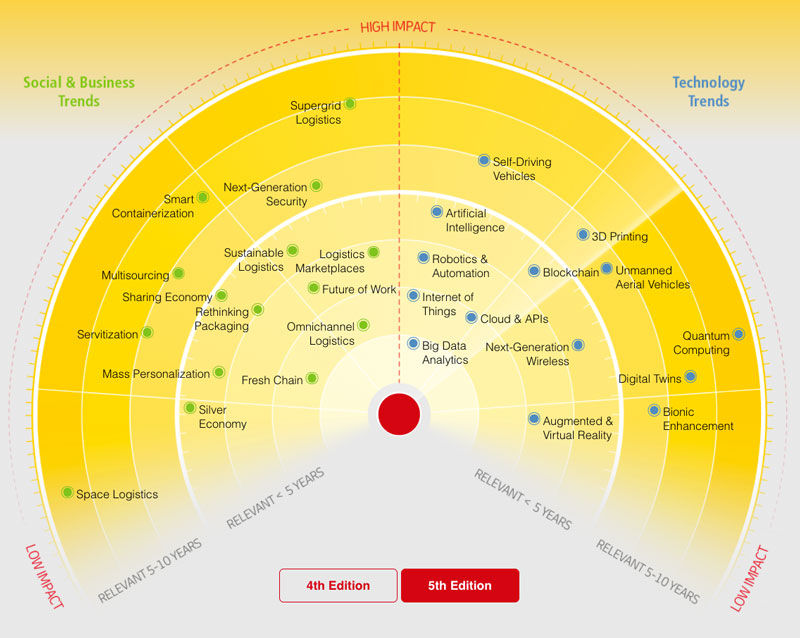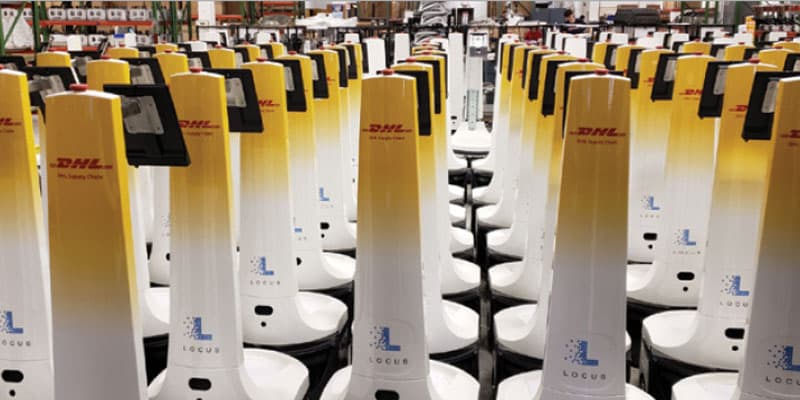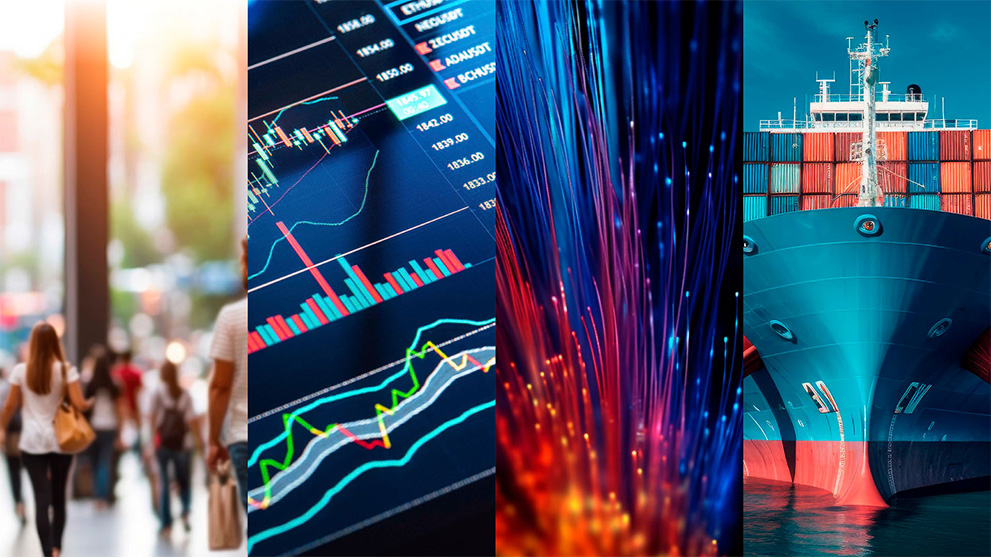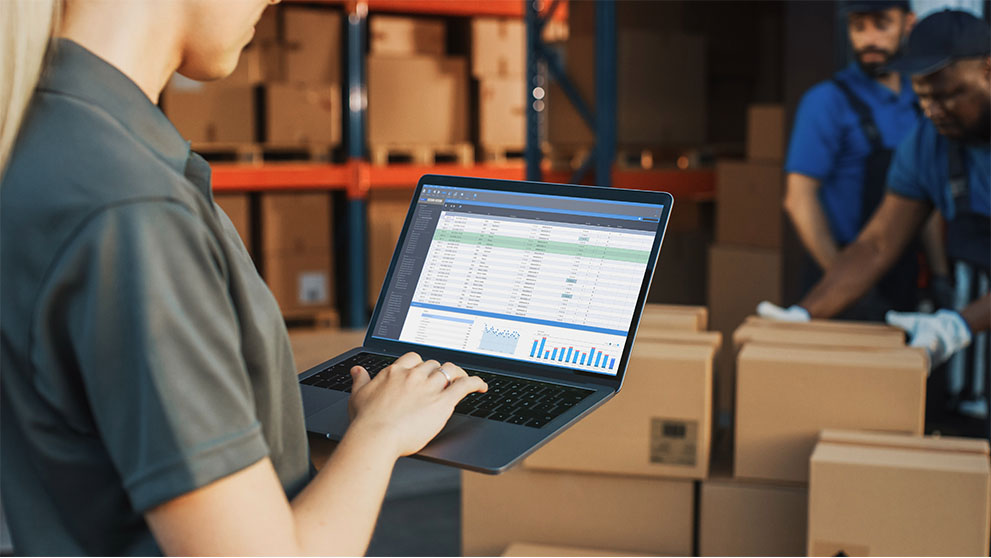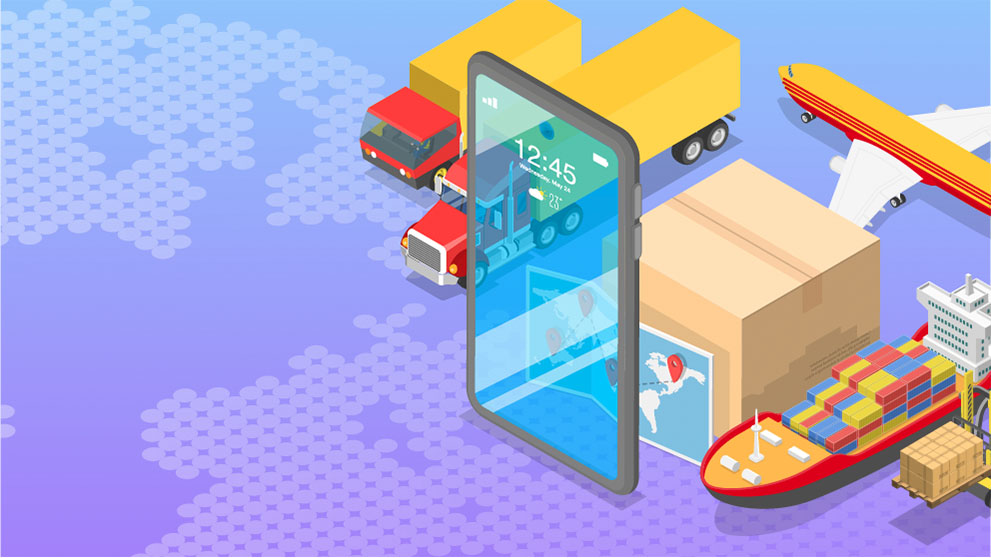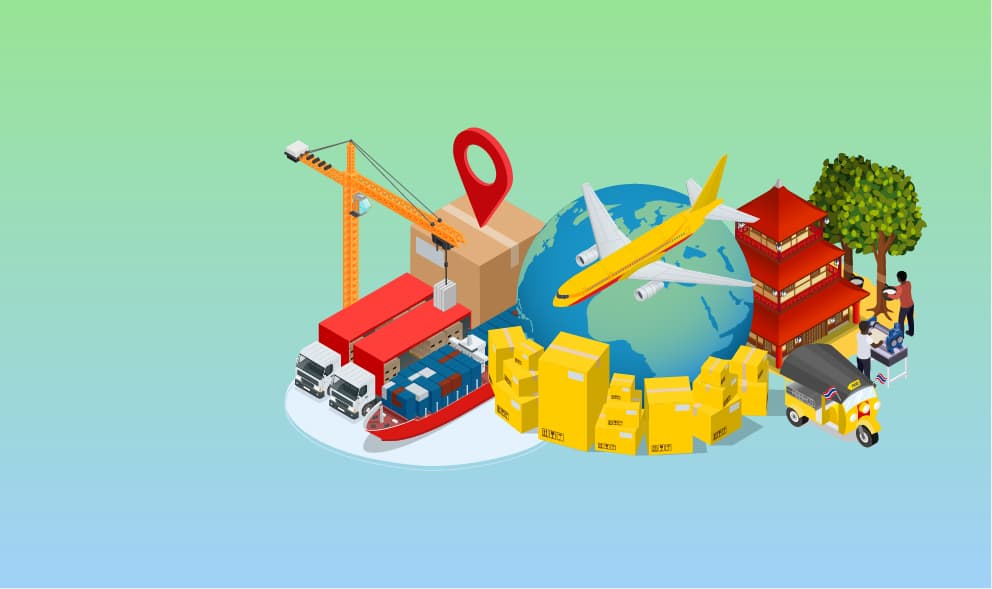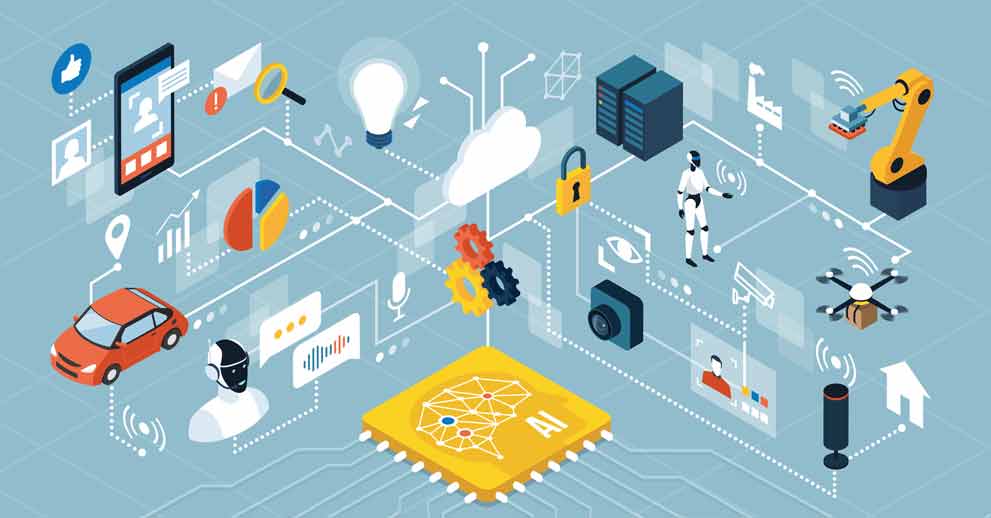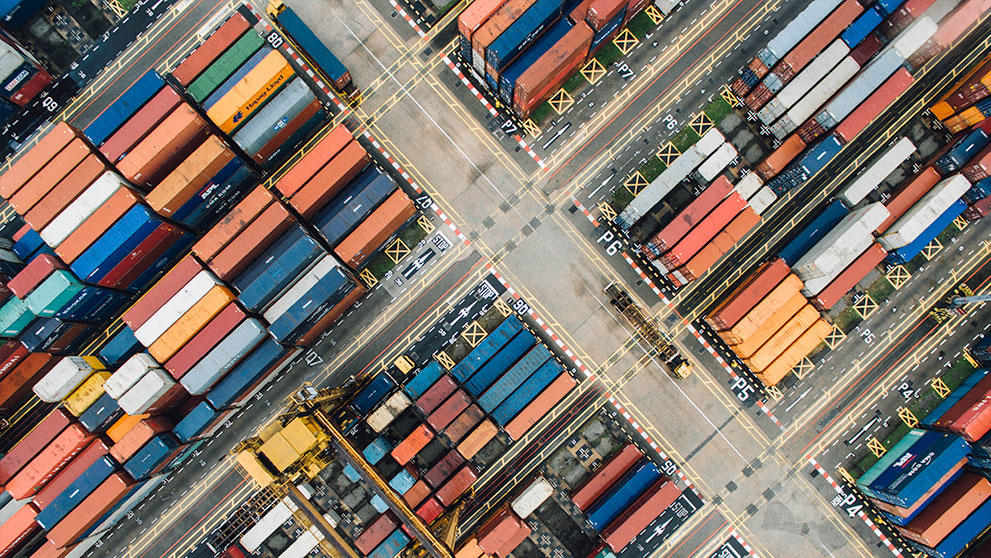The logistics industry, like most sectors, is in an intense period of transformation. To stay ahead of competitors and maximize profits, e-commerce businesses need to embrace the latest technology trends to run supply chains more efficiently. DHL’s exclusive Logistics Trend Radar will help you identify the upcoming trends most likely to help your business grow.
In recent years, transformation within the logistics industry has developed at exponential speed, powered by significant digital and technological advancements – from cloud computing to robotics and automation, artificial intelligence, big data analytics, and the Internet of Things.
Developments within supply chain logistics have been necessary, in part, due to the rapid growth of e-commerce over the last few years, with digitally native customers quickly coming to expect the benefits of faster delivery, higher service levels, and clear communication. This places greater pressure on brands to deliver such service, and they are exploring a wider range of technologies to help them do so.
The maturation of globalization means this is not limited to domestic e-commerce by any means; customers now expect international shipping as a standard option at checkout. If you’re a business looking to grow internationally, monitoring and adopting the latest trends in cross-border logistics should be a priority.
“In the new normal, if your supply chain is the same as the one that you had pre‑coronavirus, you’re probably doing something wrong.” - Richard Wilding – Professor of Supply Chain Strategy, Cranfield School of Management1
Of course, the pandemic has been a catalyst for further e-commerce growth across the world, testing supply chains and taking the logistics industry on a rollercoaster of challenges and disruptions. In the early days of lockdown, when panic buying, grounded flights and increased customs restrictions hampered cross-border trade, the pandemic quickly highlighted weaknesses in supply chains where investment would be needed to improve operations going forward. To keep up, e-commerce businesses large and small will need to adapt and optimize their supply chains to be more resilient.
But how? What technologies and innovations are out there to help businesses improve their supply chain management? And what logistics trends should each industry sector be prepared for?
The new edition of DHL’s Logistics Trend Radar is an interactive chart that allows you to explore 29 key social, business and technology trends and innovations shaping the future of supply chains and logistics. It’s accompanied by an exclusive report looking at some of the trends in greater detail, to help your business prepare for, and thrive within, the 'new normal'.
We have identified and distilled the most significant of these logistics trends into practical insights you can act on today, to help your business grow. Here are just a few to watch out for.
The Internet of Things
This is the connection of the internet to everyday objects, enabling them to send and receive data. It has the potential to completely transform the way we live – from a kettle switched on via a smartphone on your way home; to 'smart' traffic lights that help city planners improve road layouts.
In the logistics industry, the real-time connectivity enabled by the Internet of Things increases the visibility, traceability, reliability, and security of operations. What does that mean for your business? The data collated can help improve customer service, boost employee productivity and improve revenue from innovation – amongst many, many other things.
Big Data Analytics
How well do you really know your customers? Truly knowing your target customers’ buying behaviors, habits and motivations is key to securing their custom, and to this end, data is an invaluable commodity to your business.
By adopting smarter analytics innovations, your business can better understand its customer data, helping you to identify untapped markets whilst delivering an improved product or service to your existing customers.
Sustainability
Sustainability has become a hot topic in recent years, but the responsibility for reducing greenhouse gas emissions falls beyond just the logistics industry. Consumers are looking to businesses to play their part too – if you’re not making environmental commitments a central part of your strategy, your business will very soon be outdated.
With the continued growth of e-commerce, secondary packaging is under closer scrutiny, especially the materials used to protect products on their journey through the supply chain. As an e-commerce business, you should be exploring eco-friendly packaging solutions. A variety of packaging innovations are coming on to the market with a focus on recyclability, reusability, compostability, and biodegradability to help you offer a greener service to your customers.
Personalization
Once you’ve managed to attract potential customers to your website, how do you convert them into buyers and keep them returning again and again? Delivering unique, personalized experiences could be the answer – and there are plenty of tools to help your business deliver.
Better online platforms and improved artificial intelligence can help your business give tailored experiences to your customers at the point of sale, and in follow-up communications. Remember, great customer service can be the difference between a customer choosing your business over a competitors!
As the e-commerce sector becomes more saturated and competitive, the businesses that can scale and adopt emerging technologies fastest will come out on top. So, be prepared!
Review the 5th edition of the DHL Logistics Trend Radar so that you can introduce innovations in your own supply chain that will future proof your business for the transformative years to come.


